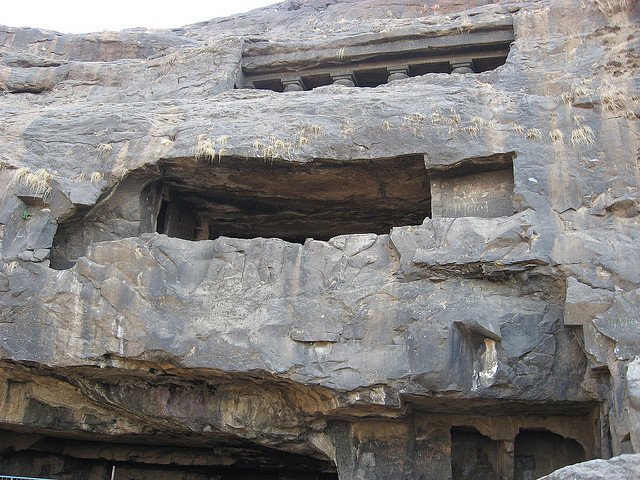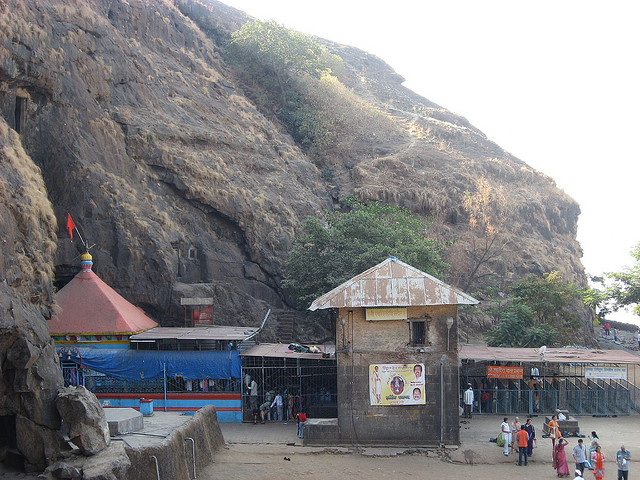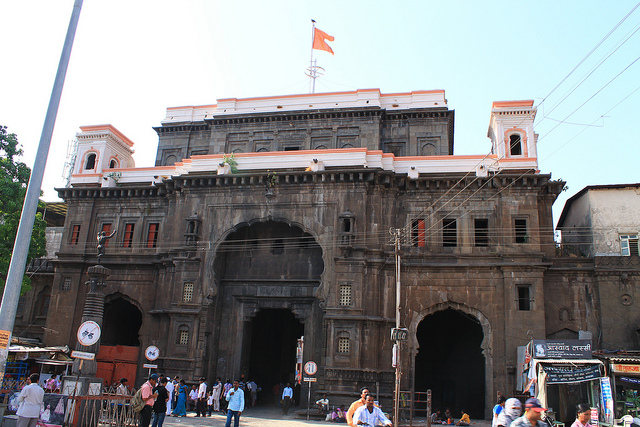Lenyadri Vinayak
This temple is perched atop a hill filled with Buddhist caves. It is one of the eight designated Ganapati shrines in the Ashtavinayak list.
This temple is perched atop a hill filled with Buddhist caves. It is one of the eight designated Ganapati shrines in the Ashtavinayak list.
Since Mahabaleshwar was the summer capital of the erstwhile Bombay presidency, it had a tremendous populace of English people there in the past. Roman Catholic Church in the town might be constructed by them for their Sunday adorations and holy masses.
The Mahabaleshwar Temple has Lord Shiva as its presiding deity. The temple is encircled with a 5 feet high stone wall. The Mahabaleshwar hills were named after Lord Mahabali which means great strength.
The Mahabaleshwar Temple is divided into two - the inner room and the outer room. The inner room is known as the God chamber and the outer is the central hall.
One of the holy places in Mahabaleshwar is the Panchganga Mandir. Water from five different rivers that is the Koyna, Krishna, Venna, Savitri and Gayatri join in this place.
The confluence of five rivers has given the name Panchganga where Panch means five and ganga means river. All the rivers come out of a cow’s mouth which is carved out of stone. Thus the place being called Panchganga Mandir.
Karla Caves are the largest cave temple (chaitya) in India and is located in Lonavala. These rock cut caves are assumed to be built around 100 AD by Buddhist nuns. The marvelous ancient Karla Caves are presently a popular tourist destination to have a close look at the ancient Buddhist architecture and culture. These caves exhibit Buddhist ideologies through inscriptions and stupas.
The Chaitya hall is spectacular with 37 octagonal pillars with a base structure of a water jar and it has a special feature of the façade screen made out of teak wood. The entrance of the Chaitya hall is adorned with an arch in the shape of a horse shoe.

Koli temple, a temple of the Koli (fishermen) community in Lonavala, is located outside the main chaitya of Karla caves. The tribal Goddess Aai Ekvira is the main deity here. The Koli tribes throng to this temple during special occasions like navarathri and chaitra. One can see the koli fishermen community populaces walking all through the hilly terrains to reach the temple with festivities, Koli dances and folk music.
Koli tribes offer animal sacrifices in this temple, they offer the sacrifice of goat or chickens and they believe that the tribal Goddess has majestic powers.

A famous pilgrim centre, Gajbadevi temple in Devgad is dedicated to Goddess Gajba. Carved in rock and facing the long stretch of silvery sands, the temple sits to the left of the beach.
One among the famous pilgrim centers in Devgad, Gajbadevi temple is dedicated to goddess gajba. A nicely rock carved temple facing the long stretch white sands is an exotic scenery. Mythology says that this temple has close association with the lord Siva temple at Kunkeshwar.
Kunkeshwar is famous for its ancient Shiva temple. The temple is believed to have been built around 1100 AD by Yadava rulers. The intricate carvings at the temple are typical of the contemporary Konkan style. The temple faces east and has the Arabian Sea in the background. It is believed Shivaji, the legendary ruler of Maharashtra, used to make frequent visits to worship at this temple. The temple is also known as “Daskshin Kashi” meaning “Kashi of the south”. The Hindu festival of Mahashivrathri is celebrated here for three days with great pomp and attracts several devotees.
Known for its architecture, the Vimaleshwar temple is considered a unique archaeological monument. The common belief is that the temple is the creation of Lord Viswakarma, the architect of the Gods, and a portion of the idol is hidden under the sanctum sanctorum. Mahasivrathri is an important festival here, during which time the temple premises are vibrant with festivities and fairs.
Situated on the serene surroundings, Vimaleswar Siva Temple is the abode of Lord Vimaleswar or Siva is leaning towards oneside. This temple is considered as a unique piece of archaeological monument owing to its peculiar shape. The beautiful surroundings of the marvelous shrine made it a center of attraction of several devotees, tourists, researchers and historians all around the world.
The oldest and also biggest structure in Kolhapur is Bhavani Mandap, which was known as Glory of the city. This building was constructed during the period 1785-1800 AD of the Kolhapur ruler Shivaji Maharaj II. Originally the Mandap had 14 squares and the invasion of Muslim King Sadatkhan in 1813 ruined 7 squares.
